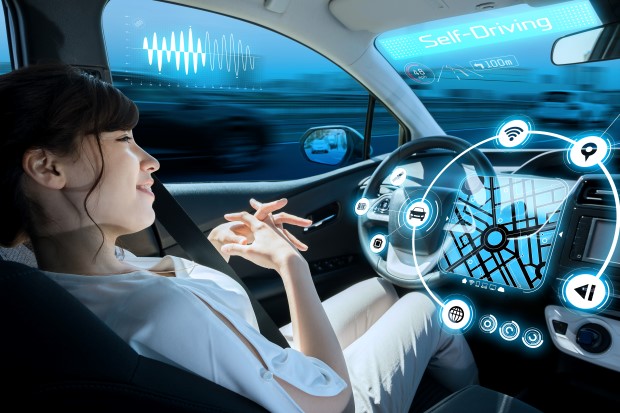Insurance industry’s role in automated driving
The insurance industry is 100 per cent committed to supporting the development of automated vehicles, which have the potential to dramatically improve road safety and revolutionise our transport systems.
Major UK insurers such as Direct Line Group (DLG), AXA, XL Catlin and RSA are working intensively on pilots of autonomous vehicles across the country. While car manufacturers are producing innovative hardware and software, insurers are innovating their products to make sure vital questions of safety and liability are answered to make the UK’s autonomous vehicles market a global leader.
You can read more about the role the insurance industry is leading the way in helping automated driving technology develop in our work on how insurance is ‘Helping Britain Thrive’ here.
On this page:
- How is this technology developing?
- What else needs to happen?
- Safety Standards
- Data Sharing
- Latest blogs on driverless cars
How is this technology developing?
Vehicle technology has developed rapidly in the last few years.
Drivers are able to benefit from increasingly sophisticated Advanced Driver Assistance Systems (ADAS), including active cruise control, lane departure warning systems and even automated marking.
The insurance industry has particularly welcomed the development of Autonomous Emergency Braking (AEB), which has been shown to reduce the number of vehicle collisions by between 20 and 40%.
Working with Thatcham Research, the insurance industry has played a key role in helping drivers take up AEB. You can read more information about Thatcham’s work on AEB here.
As technology develops, we expect to see drivers increasingly benefitting from the development of fully automated driving.
This will allow cars to travel without the driver actively engaging in the driving task. This will, initially, only be an option for particular driving tasks (such as motorway driving, traffic jams or parking). However, as technology develops, drivers will be able to complete more journeys in fully automated mode.
However, the insurance industry is clear that drivers must not be given unrealistic expectations – for the foreseeable future, we don’t expect these cars to have sufficient back-up features to allow drivers to completely disengage from the road.
That’s why, for now, they will be ‘automated’ cars and not ‘driverless’. Even in fully automated mode, drivers will still need to be fully trained – and sober – so they can resume control at short notice if needed.
In this video, Thatcham Research’s Director of Insurance Research Matthew Avery takes you out onto the test track to show you how the technology likely to come to market between now and 2025 will work.
You can read Thatcham’s research on assisted and automated driving definitions (June 2018) here.
As regulators begin to formulate technical requirements for automated driving systems, the insurance sector continues to develop its framework that sets out the key criteria that automated vehicles must meet so that they can be classified as automated. You can read about the criteria for automation on motorways here.
What else needs to happen?
The proposals for a simple system for insuring automated cars should play a crucial role in giving consumers the confidence to begin using this potentially life-saving technology.
But that will only be the first step towards getting these vehicles onto the road.
You can read the insurance industry’s view of the other steps that need to be taken to enable automated driving technology to be used safety in the ABI’s response to the 2016 House of Lords Science and Technology Committee inquiry into automated cars.
Safety Standards
Before automated cars come on to the road, we will need to think carefully about how drivers will understand the different functionalities that will appear in cars.
Automated driving has the potential to be a road safety revolution, but first, regulators will need to set clear standards for how the technology is used and what back-up systems will be in place to protect road users against system failure.
The ABI and Thatcham Research’s have set out the insurance industry’s view on the safety standards that will need to be in place before automated driving technology is made available to consumers in ‘Regulating Automated Driving – The UK Insurers View’.
Data Sharing
British insurers are leading efforts to have a standard set of data agreed at an international level which would be easily available in the event of an accident involving an automated vehicle.
This would confirm what technology was in use at the time of crash and whether the vehicle was operating autonomously or not, and would be used to establish liability, Assist emergency services, process insurance claims quickly and help vehicle manufacturers improve their products.
The ABI and Thatcham Research have worked together to set out a detailed proposal for how vehicle crash data should be shared between manufacturers and other parties.
For more information, read the ABI's latest blogs on driverless cars:
Lights Out and Away We Go!: The rapidly changing world of motor insurance
Guest Blog: Assisted and Automated driving poses immediate challenges for international regulators
Stepping up a gear – legislation brings automated cars closer to our roads
Automated Driving – Insurers' role in the road safety revolution
Guest blog: Autonomous vehicle technology - a key moment for the insurance industry
The insurance industry and driverless cars: challenges and opportunities

